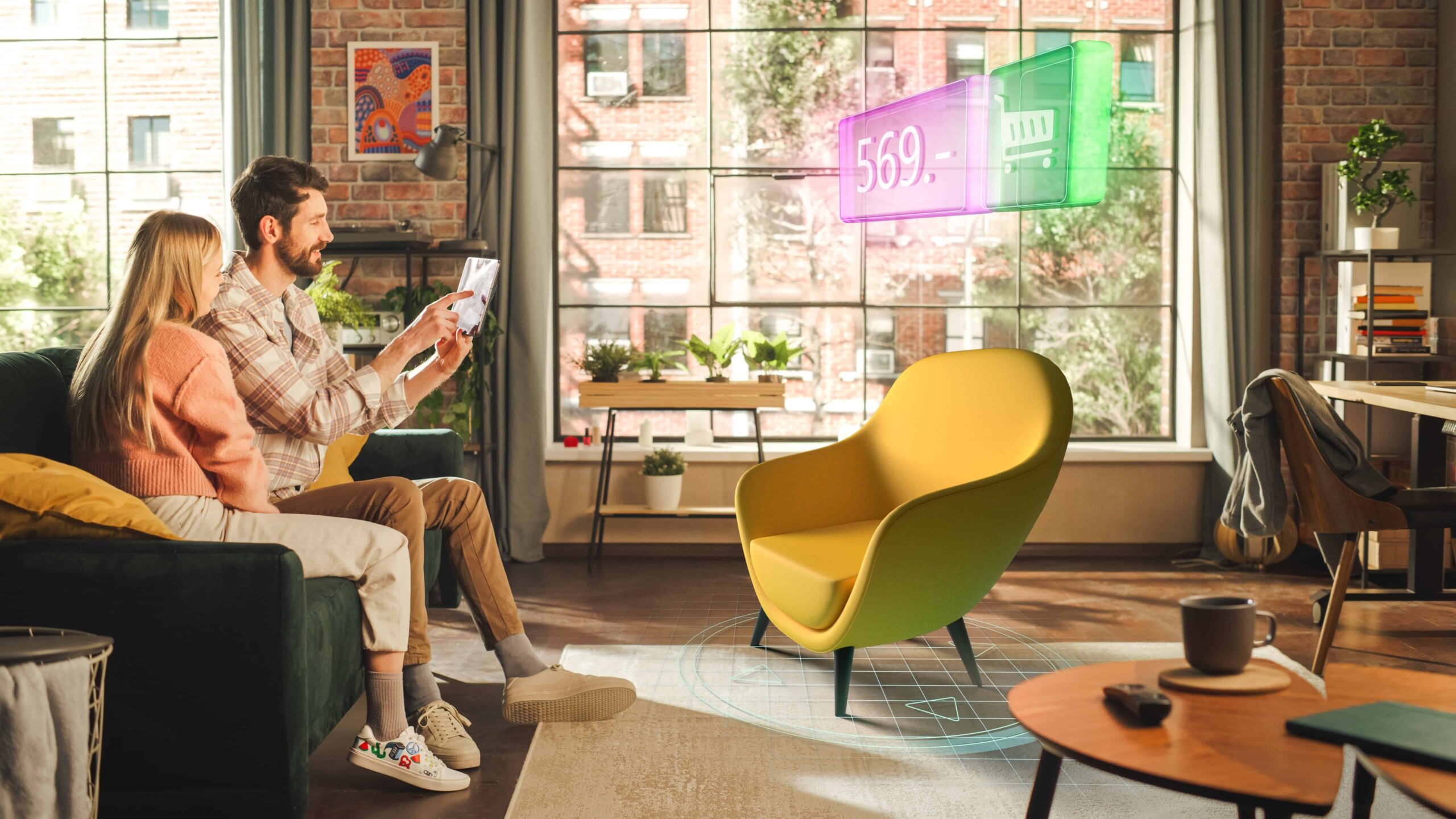Revolutionize Your Retail Business with Seamless Omnichannel Experiences
- Caleb Billingsley, Executive Vice President, Retail Sector US
- Apr 05, 2023
- 4 min


The history of ecommerce has been characterized by four distinct epochs and we are currently in its fourth evolution (Ecommerce 4.0).
Ecommerce 1.0 started in mid ‘90s with the launch of Amazon and eBay. Companies like Netflix and Amazon pioneered e-commerce 2.0 with personalization and recommendation engines. Ecommerce 3.0 saw the rise of mobile and social commerce as Facebook and Instagram created a marketplace for retailers (including boutique ones).
The current evolution of ecommerce is all about creating an omnichannel experience for the customer with hyper personalization, channel integration, and supply-chain optimization.
Unification allows retailers to better manage their entire stock and inventory. By combining online, in-store, and warehouse management systems (WMS), retailers can offer customers a wider range of products, without having to worry about overstocking or running out of popular items. This, in turn, can lead to increased customer satisfaction and loyalty.
This has practical benefits too. Reduced returns, for example. According to Shopify, the percentage of sales returned is usually about 10% in-store whereas 20-30% online sales get returned. Returns are a heavy cost item for retailers but, if you have collected customer data online, you can quickly understand return history, buying patterns and sizes and lower the probability of a return. Customers can then also buy online and return in-store without complication.
From a brand perspective, unification offers possibilities for creative engagement with unified brand and experiential audio-visual experiences connected to a customer’s data. Partnerships and collabs with other brands can unlock hyper personalization that creatively uses customer preferences in everything from music, graphic art and animation to projection installations, AR, VR and metaverse merchandize.
Unified retail does come with its challenges. One of the biggest obstacles is ensuring that online and physical stores are seamlessly integrated, especially if there are legacy systems that were never designed to do so.
The creation of a unified experience would usually require upgraded WMS, order management and enterprise resource planning (ERP) systems. The integrations necessary to achieve seamless communication across systems requires a significant investment in technology, as well as a dedicated team to manage and maintain.
For multi-region retailers, there will be challenges unifying online and in-store with different currencies, payment methods and pricing. Then there are the challenges of programming loyalty schemes and discount codes that harmonize across digital and physical estate.
Additionally, retailers must be prepared to invest in training and education for their employees to ensure they’re able to provide a consistent and seamless shopping and brand experience to customers.
In conclusion, despite its challenges, the benefits of unification are clear. By merging online and physical stores, retailers can offer customers a more personalized, convenient, and satisfying shopping experience. Those who invest strategically, with a test-and-learn strategy, in retail unification are likely to see increased customer loyalty, higher sales, and stronger overall brand reputation.
At Qualitest, we can provide all the required Brand Assurance (Quality Engineering) strategy to support online and physical convergence. We can advise on how to invest in the right technology stack for your specific business requirements, develop a transformation strategy/map and we can prototype experience testing when you have selected the right tech stack. We can unify the experience across all core and supporting business processes (Point of Sale, ecommerce, order management, payment processing, customer loyalty, pricing and promotions etc.)
We can help you build your direct-to-consumer offering or digitally pursue a customer segment you might be targeting; we can help you with automation and performance. We can ensure that, when a customer buys online and uses a certain payment method, any physical return is credited back as expected. Where discount codes and pricing strategies need to be unified, we can test that too. We can even use a right-shored managed crowd test to verify payments across global territories.
It’s why Quality Engineering is retail’s secret weapon in the battle for competitive edge.